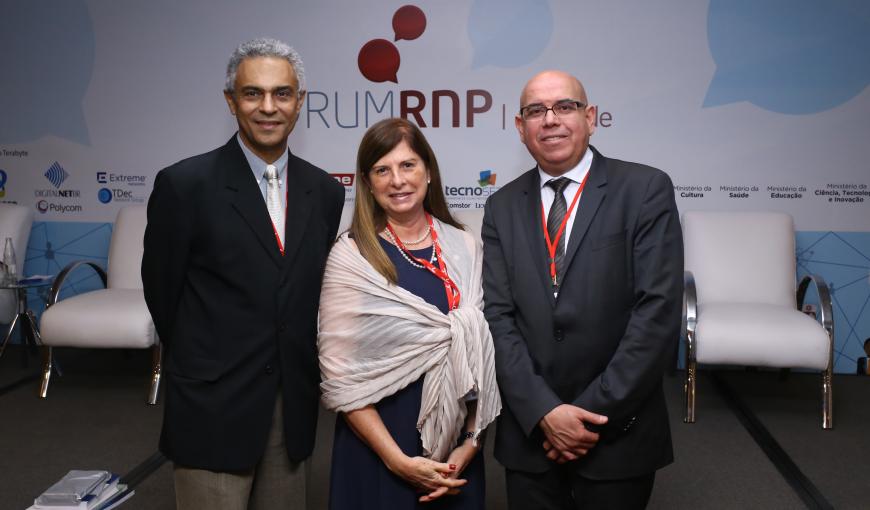Network promotes collaboration in Portuguese-speaking countries
During the session dedicated to Telemedicine and Telehealth, the coordinator of the information network ePORTUGUÊSe, of the World Health Organization (WHO), Regina Ungerer, said that it is necessary to facilitate synergy in information spaces, stimulate partnerships, promote capacity building in human resources, use and adapt methods of distance learning, among other actions, to create more job opportunities in networks.
This is the ePORTUGUÊSe main goal, created by a WHO strategy to strengthen collaboration between Portuguese-speaking countries on e-Health. “Portuguese is the sixth most spoken language in the world, the most used below the Equator. However, most of the information circulates in English. The ePORTUGUÊSe is an opportunity for these countries to receive updated information on health and in their own language,” said Regina.
For this, the network in Portuguese promotes virtual libraries, collaborative workspaces, discussion forum, blogs, social networks, distance education, and patient safety projects, focused on e-Health. “Of the eight countries that make up the network, three are among the least developed in the world. Population has little education and is mostly the young ones who have little access to connectivity and mobile phones. When we think of using ICT in these countries, we have to be very careful,” warned the WHO representative.
The Information Technology and Communication Study Center (Centro de Estudos sobre as Tecnologias da Informação e da Comunicação - CETIC.br) Manager Alexandre Barbosa defended the use of statistics on ICT in public policies development. The group was created by the Internet Management Committee in Brazil (Comitê Gestor da Internet no Brasil - CGI.Br) to guide the committee’s projects and decisions.
For him, it is necessary to “leave the point in which what is being stored is purely administrative so that this information will serve as a clinical decision support”. From this premise, the study center was dedicated to performing a qualitative approach to understand the motivations and barriers to the use of these technologies.
According to the survey conducted by CETIC.Br, 91% of health facilities in Brazil have a computer structure with bandwidth. However, only the large hospitals with more than 50 inpatient beds have an IT department. Furthermore, 24% of public institutions participate in telehealth networks, versus 8% of the private ones. “In other words, public hospitals are more connected and concerned with research than the private ones,” said Alexandre.
The Federal University of Minas Gerais (UFMG) Medical School Vice Dean José Humberto Alves presented the Proyecto Telesalud results, funded by the Inter-American Development Bank (BID), which surveyed the overview of telehealth in 16 countries of Latin America and the Caribbean. “We developed a questionnaire for this diagnosis, which was important to measure the maturity degree of these countries in telehealth,” said Humberto.
